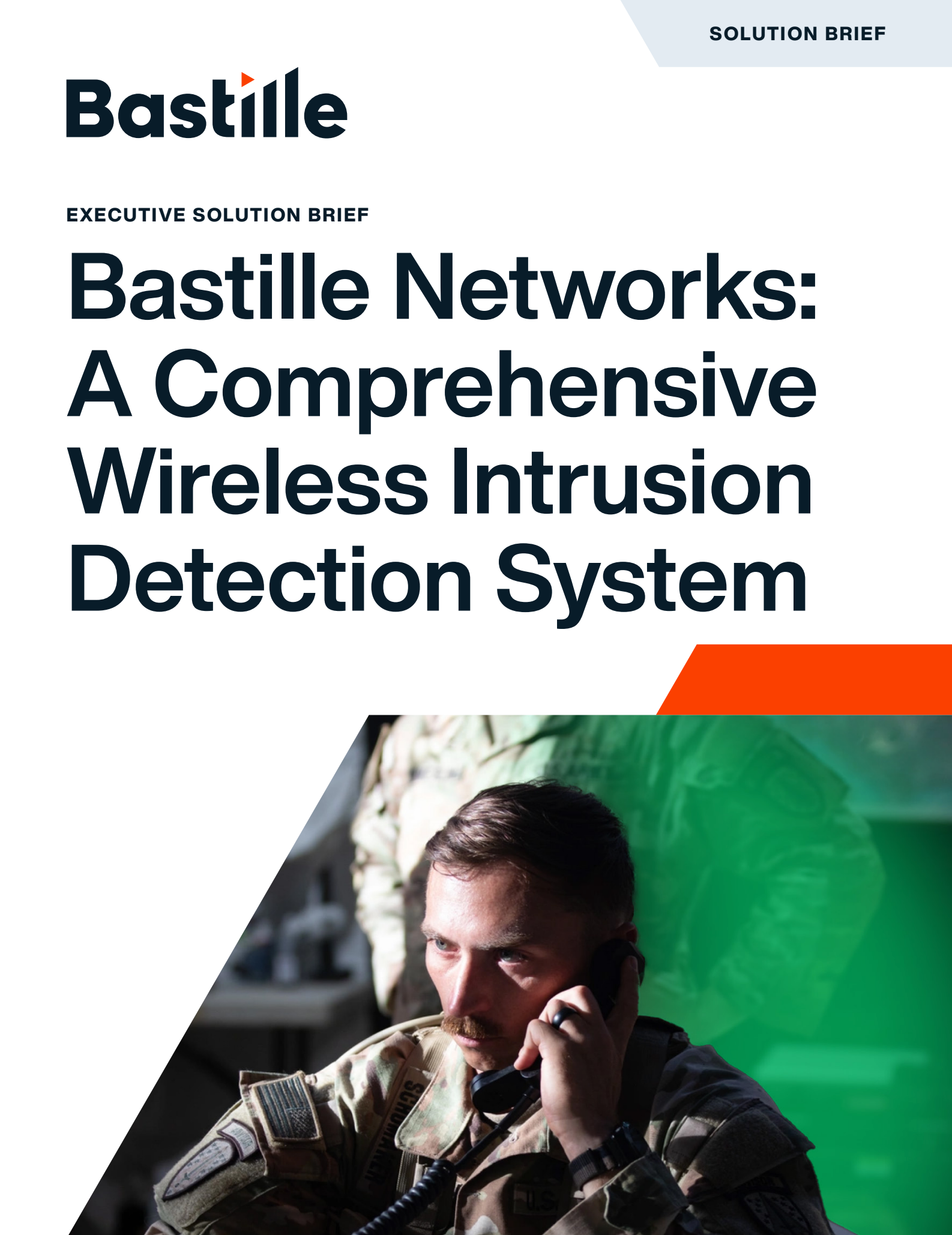
Bluetooth (both Classic and Low Energy) was supposed to make life easier. Devices like wireless headphones, smart thermostats, and fridges that talk to your phone (despite your wishes to the contrary) are meant to make life easier. But what happens when Bluetooth gets a little too friendly, like letting anyone walk up to a city crosswalk and making it sound like Elon Musk is having a midlife crisis?
Welcome to Palo Alto, where the future meets the intersection, and the intersection talks back.
Wait, Did That Crosswalk Just Say What I Think It Said?
Yes, it did. In April 2025, folks in Palo Alto, Menlo Park, and Redwood City got a taste of what happens when Bluetooth security is more of an “optional suggestion” than a “hard requirement.”
Instead of hearing the usual “Walk sign is on” message when the crosswalk signal changed, pedestrians were greeted by eerily accurate AI-generated voices of Elon Musk and Mark Zuckerberg, spouting lines like:
- “You know, they say money can’t buy happiness… But it can buy a Cybertruck, and that’s pretty sick, right? I’m so alone.”
- “Undermining democracy is just one of the many cool features of Facebook… I mean, Meta.”
- “This is a neural net-based AI system. What could possibly go wrong?”
What could possibly go wrong, indeed?
How It Probably Happened
Here’s the short version: someone figured out that the crosswalk system’s Bluetooth connection settings were about as secure as a “Do Not Disturb” sign on a dorm room door. With a bit of Googling, they found the system manual online, complete with pairing instructions, default PINs, and file paths. And just to make it a full buffet of lousy security decisions, the configuration software was freely downloadable. No license, no login, not even a polite CAPTCHA.
From there, it was as simple as walking up to a crosswalk, connecting via Bluetooth Low Energy (because why wouldn’t a street pole be discoverable?), and uploading custom audio. Ta-da: your neighborhood now features satirical tech CEO soundbites at every corner.
It didn’t take a hacker in a hoodie tapping furiously on six monitors. This was more “Wi-Fi café with a laptop” than “Mission: Impossible.”
Welcome to the Wireless Jungle
What makes this even weirder (and more unsettling) is that open Bluetooth interfaces aren’t just a one-off blunder. They are everywhere. And they are growing.
Bluetooth has snuck into everything from traffic systems to medical equipment to vending machines. Cities use it. Hospitals use it. Your gym’s smart treadmill probably uses it. However, while the applications have evolved, the security practices haven’t kept up. Many devices still ship with default settings, zero encryption, and the assumption that no one would be bored or curious enough to poke around.
Well, guess what: they are. And they have Bluetooth sniffers.
Just Because You Can Connect Doesn’t Mean You Should
The root problem isn’t just unsecured tech; it’s unexamined trust. We trust that systems work. We trust that they’re protected. We trust that the chirping “Walk sign is on” crosswalk signal isn’t suddenly going to become a monologue about AI overlords or electric trucks.
But that trust needs updating because our cities now run on invisible signals. And when those signals can be hijacked by anyone with a laptop, a Bluetooth dongle, and a sense of humor, we’ve got a problem.
So, What Now? (Besides Laughing Uncomfortably)
This isn’t a call for panic. It’s a call for awareness, with maybe a dash of healthy skepticism.
If you’re a city planner, an IT admin, or anyone who orders infrastructure out of a catalog, ask what wireless protocols your devices use. Ask whether Bluetooth is locked down or politely waving “Hi” to anyone within 30 feet. Ask whether your crosswalk can be turned into a stand-up comedy stage by a teenager with ChatGPT and a weekend to spare.
And if you’re a pedestrian? Remember: today, it’s the crosswalk; tomorrow, maybe it’s the traffic signals or something else that may affect your safety.
Final Thoughts: Wireless Security is No Laughing Matter
The crosswalk hack was funny and clever, a cyber prank that made for great headlines and, even better, awkward city council meetings. But beneath the humor is a very real lesson: wireless technology is everywhere, and we’re not paying nearly enough attention to how easily it can be bent to someone else’s will.
So the next time a pedestrian button tells you it’s lonely, maybe listen. Then, ask your city what it’s doing about wireless security.



